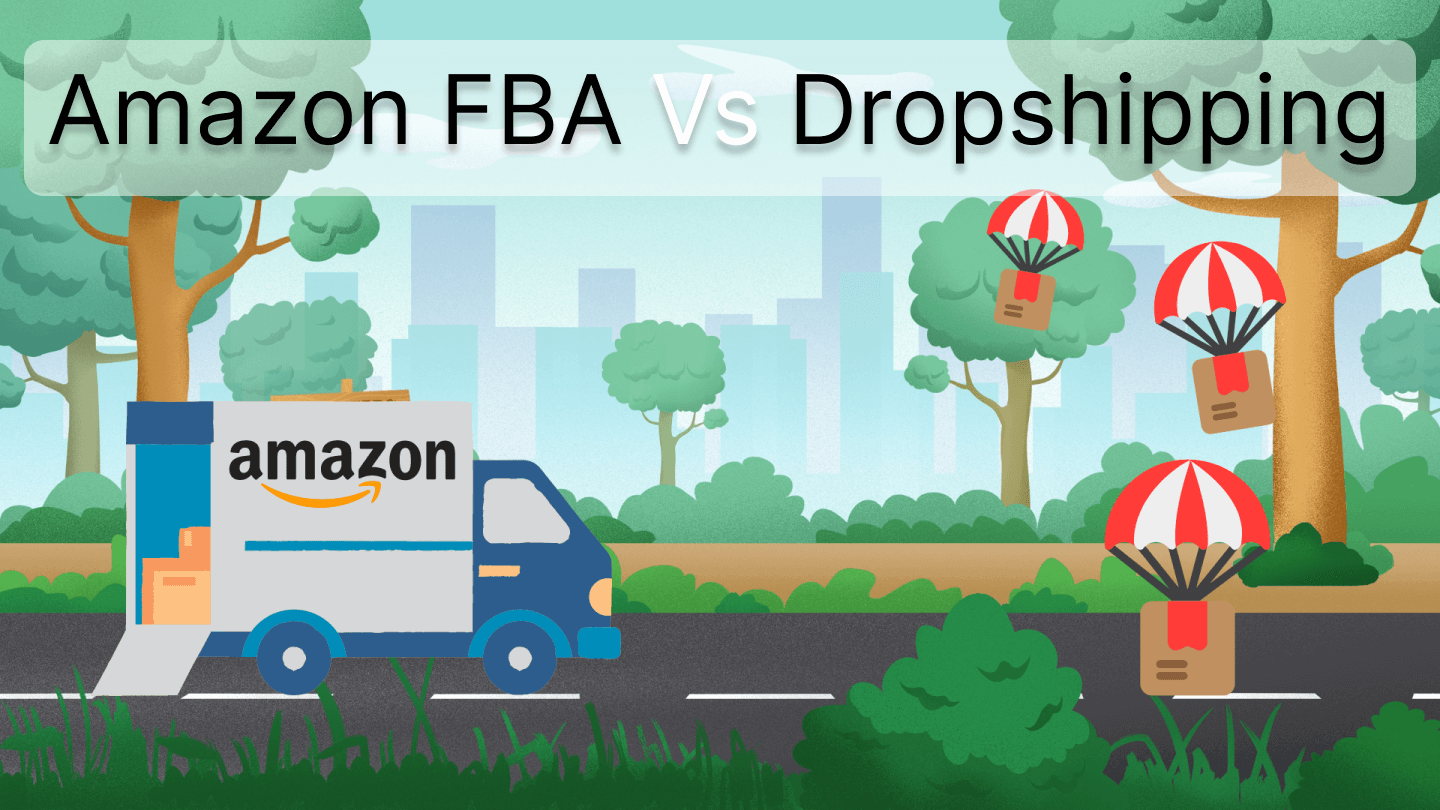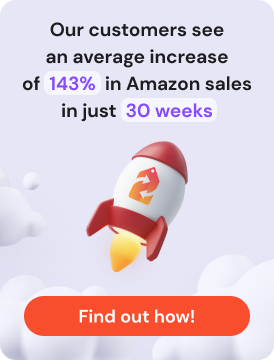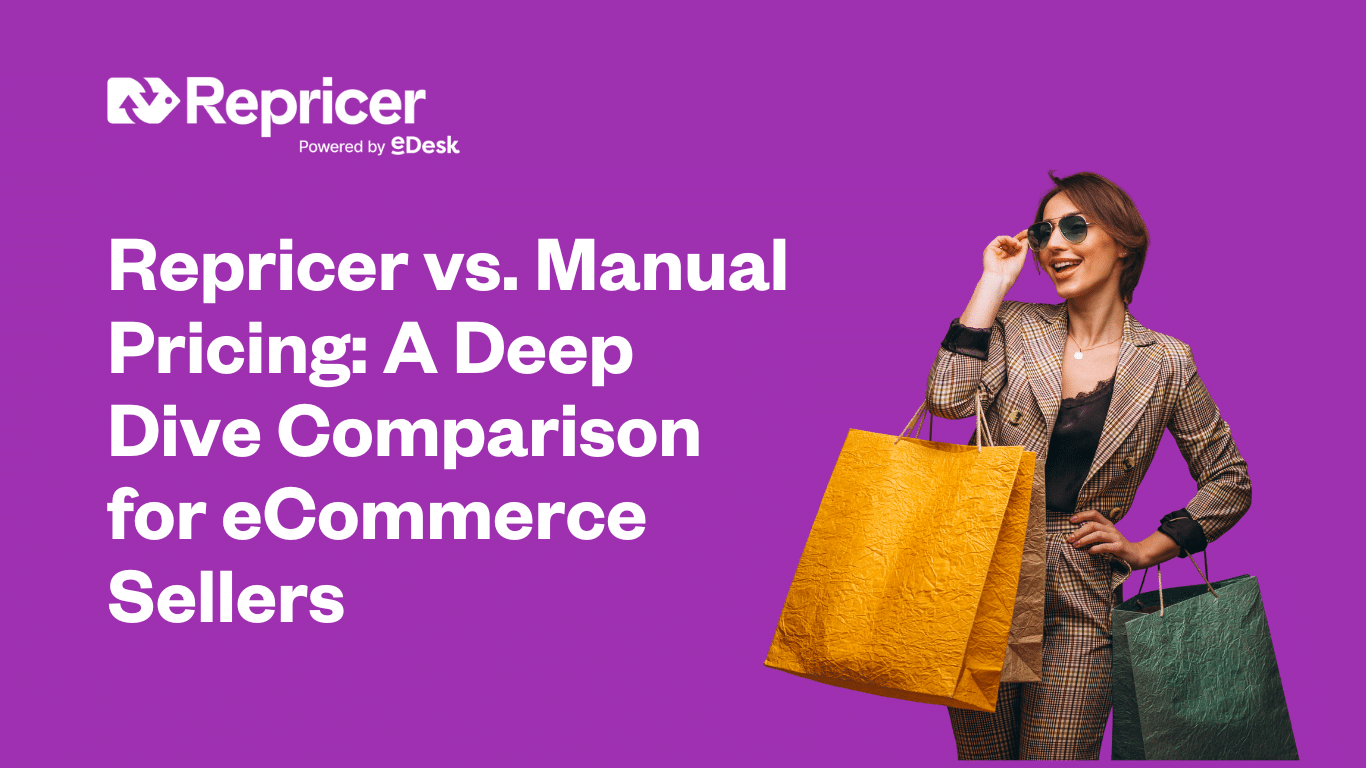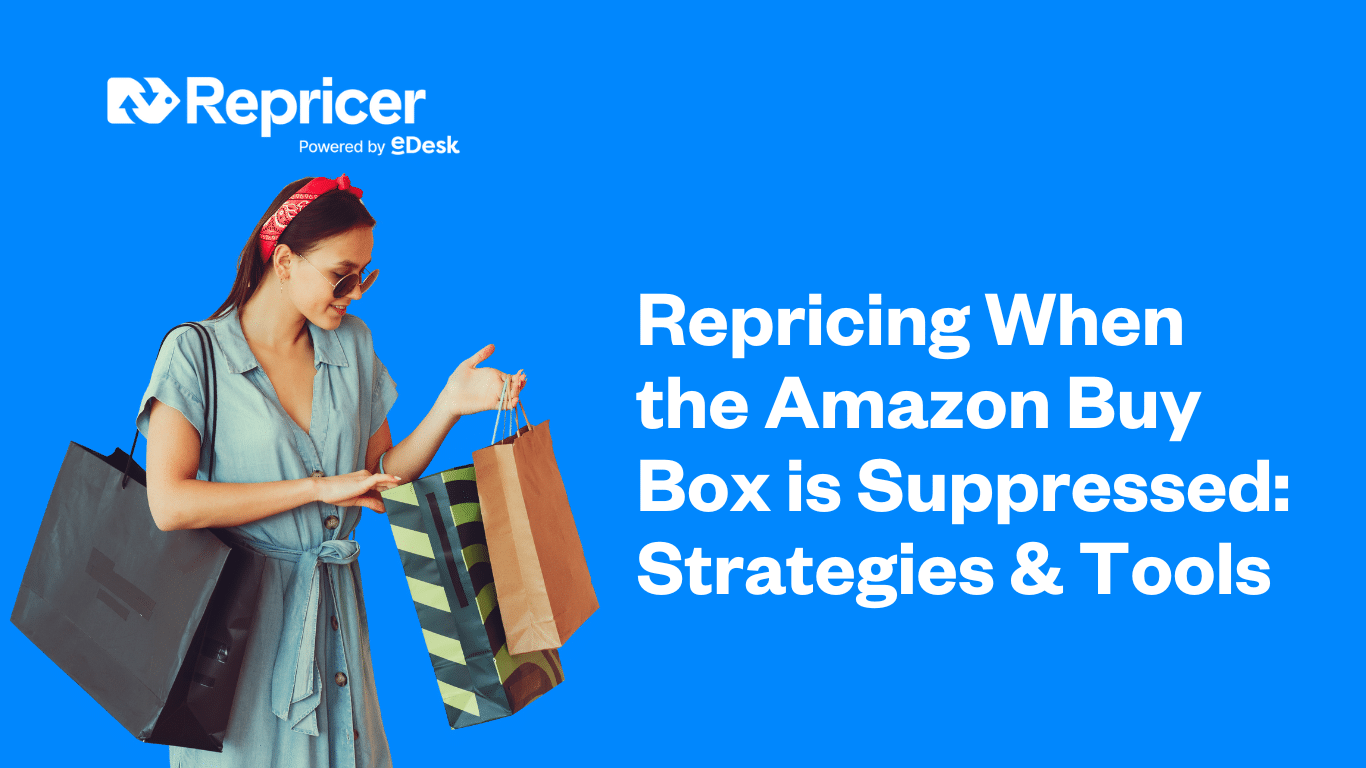Hai difficoltà a decidere come la tua attività di e-commerce evaderà gli ordini? Nel mercato attuale, caratterizzato da interruzioni della catena di approvvigionamento e carenze di scorte, questo può essere un problema. Ti starai chiedendo cosa sia meglio: Amazon FBA o dropshipping?
Prima di esaminare le caratteristiche di Amazon FBA (Fulfilment by Amazon) e il dropshipping e i relativi pro e contro, consideriamo cosa non sono.
Amazon FBA (Fulfilment by Amazon) e il dropshipping non prevedono scenari in cui sei tu, in qualità di venditore, a evadere gli ordini dei prodotti che hai venduto.
In parole povere, se evadi gli ordini da solo, è probabile che tu debba imballare in modo sicuro l’acquisto del cliente, compilare tutti i moduli necessari e pagare la spedizione, aspettare che il corriere o il postino lo ritiri, avvisare il cliente che l’acquisto è in arrivo e gestire eventuali richieste di informazioni sull’andamento o sullo stato della spedizione. E, per carità, anche di eventuali restituzioni da parte dei clienti.
Probabilmente abbiamo tralasciato qualche aspetto, ma speriamo che tu abbia capito che dipende tutto da te. Per dirla con Amazon, se ti occupi da solo dell’imballaggio e della spedizione, per loro sei un FBM venditore. Questo è l’Adempimento da parte del commerciante.
Sì, c’è molto da fare se lo fai da solo. Questo “tu” potrebbe essere solo tu o il tuo team, a seconda delle dimensioni della tua attività di e-commerce. Il carico di lavoro può moltiplicarsi a dismisura se hai molti prodotti che vanno a ruba.
Evadere gli ordini può essere una sfida. È un’attività che può assorbire il tuo tempo, tempo che sarebbe meglio dedicare a ciò per cui sei in gioco: vendere. Quindi, chiediti perché stai imballando scatole quando potresti fare marketing e vendere!
Ecco il concetto di far sì che qualcun altro si occupi dell’adempimento al posto tuo! Si tratta dell’Amazon FBA e del dropshipping, le due principali alternative al FBM. (Esiste una terza variante, leggermente diversa, che prevede che qualcun altro si occupi dell’adempimento al posto tuo, chiamata 3PL, ma la tratteremo più avanti per mantenere basso il numero di acronimi attuali).
Vediamo più da vicino cosa sono FBA e drop-shipping e quali sono i vantaggi e gli svantaggi di ciascuno.
Che cos’è Amazon FBA?
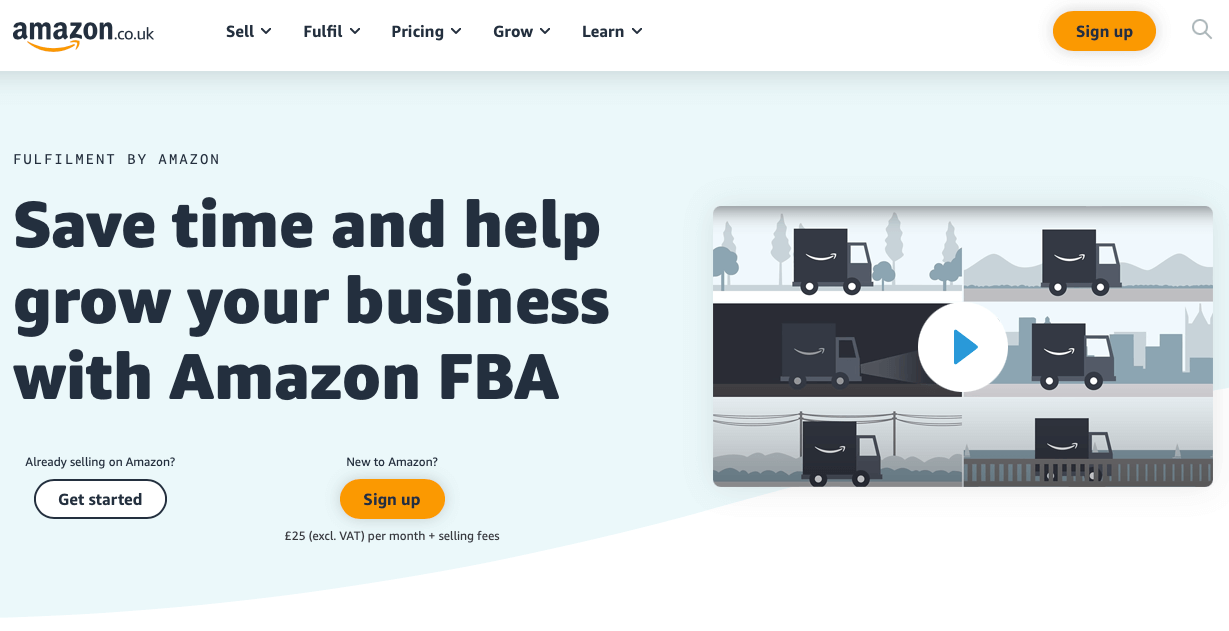
Fulfilment by Amazon (FBA) è un servizio che puoi utilizzare per esternalizzare l’evasione degli ordini ad Amazon. Invii i tuoi prodotti, prima di averli venduti, ai centri di evasione di Amazon. (o “magazzini”, anche se Amazon non è un fan di questo termine). Quando un cliente acquista uno dei tuoi prodotti su Amazon, il team di Amazon lo prende dallo scaffale, lo impacchetta e lo spedisce. Possono anche aiutare il servizio clienti ed elaborare eventuali resi per questi ordini.
Meraviglioso. Ma come sicuramente saprai, il pranzo gratis non esiste. Paghi Amazon per questo servizio. Si tratta, in effetti, di prendere una fetta del tuo profitto.
Quando prendi in considerazione l’FBA e il dropshipping, devi analizzare attentamente le somme per capire se ne vale la pena. L’effettiva natura del prodotto, l’imballaggio del prodotto (non l’imballaggio di spedizione), le dimensioni e il peso del prodotto possono incidere sul prezzo finale che pagherai ad Amazon.
Se vuoi che immagazzinino scatole grandi o pesanti ed evadano gli ordini per loro, ti faranno pagare di più. Controlla le loro tariffe, potresti essere in grado di ridurre le dimensioni o il peso delle scatole dei tuoi prodotti per rientrare in una fascia di prezzo più bassa.
Nota: in linea di massima, se hai una scatola piccola e pesante, potrebbero addebitarti il peso. Se hai una scatola grande e leggera, è probabile che ti addebitino le dimensioni.
Correlato: Come controllare i costi di stoccaggio dell’inventario per i venditori Amazon FBA
Infine, in qualità di grande protagonista del suo grande mercato, Amazon ha un sacco di vantaggi che possono essere sfruttati direttamente da te. Promozioni di spedizione e Amazon Prime solo per citarne un paio. Inoltre, potrebbero tendere a “favorire” o meglio “aiutare” i loro fornitori FBA rispetto a quelli FBM, il che avrebbe senso visto che guadagnano di più. Se sei un fornitore FBA, puoi approfittare di alcuni vantaggi del marketing di Amazon.
L’FBA su Amazon è il loro terreno naturale. Imballaggio e spedizione è quello che fanno. E sono anche bravi. Poiché il servizio clienti è così importante per loro, sei in mani sicure per quanto riguarda l’evasione dei tuoi ordini. Tieni presente questo aspetto mentre diamo un’occhiata al dropshipping.
Che cos’è il Dropshipping?
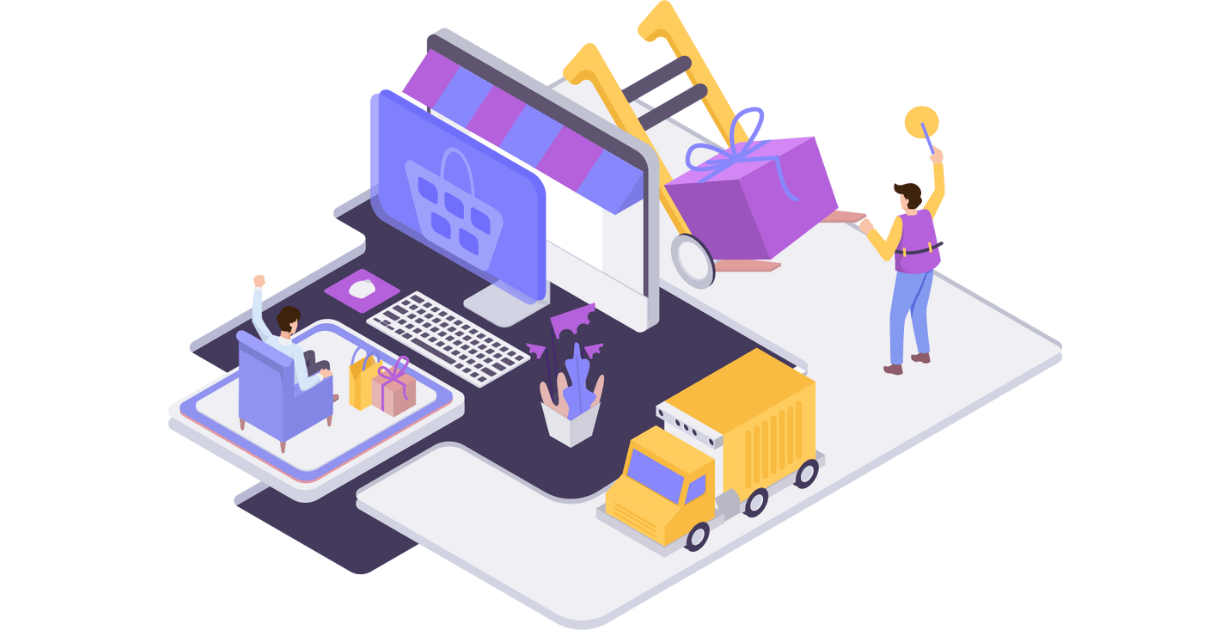
Il principale dropshipping Lo scenario è quello in cui vendi il prodotto di una terza parte, che lo confeziona e lo spedisce direttamente al tuo cliente. Questa terza parte potrebbe essere un grossista, un produttore o un altro rivenditore.
Questo, come l’FBA, è ottimo perché non devi evadere gli ordini. È anche ottimo perché non devi acquistare scorte di prodotti e pagare per spedirli in un magazzino in attesa di essere venduti. È un po’ come l’FBM, solo che tu sei l’intermediario e non sei coinvolto nell’evasione degli ordini. Se lo fai nel modo giusto, può essere un modo molto conveniente di gestire la tua attività di e-commerce.
Una cosa che vale la pena notare riguardo al dropshipping in questa fase è che sei un passo indietro rispetto all’azione. In altre parole, non sei nel circuito di comunicazione con il cliente che viene soddisfatto. Non hai il “controllo” della relazione in questo senso. È probabile che il tuo marchio non abbia nulla a che fare con la spedizione.
Questo può andare bene a meno che qualcosa non vada storto. Questo tipo di problema potrebbe essere una spedizione approssimativa da parte di terzi, consegne ritardate o resi non rimborsati: non puoi intervenire e fare fuoco su nessuno di questi aspetti. Probabilmente questo è un po’ allarmistico e si tratta di un’ipotesi pessima: la maggior parte delle aziende di dropshipping sono ben consolidate e conoscono le sfumature del servizio clienti e dell’adempimento tempestivo.
E, cosa molto importante, mantieni bassi i costi!
hbspt.forms.create({ region: “na1”, portalId: “4770908”, formId: “e1c98ecc-632c-4d86-b49a-4322cacec16e” });
